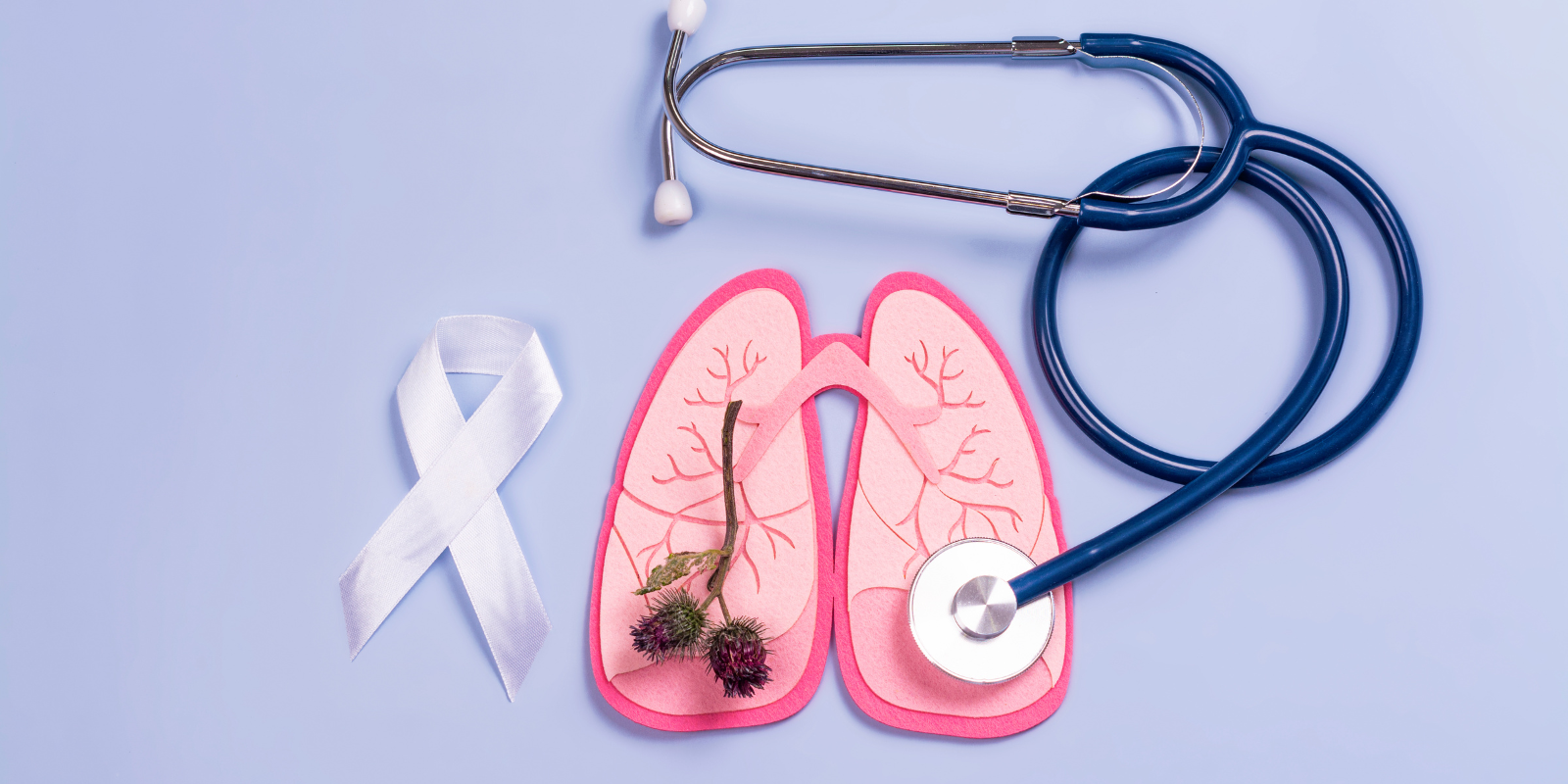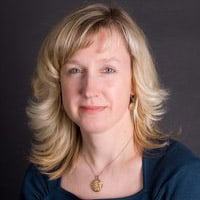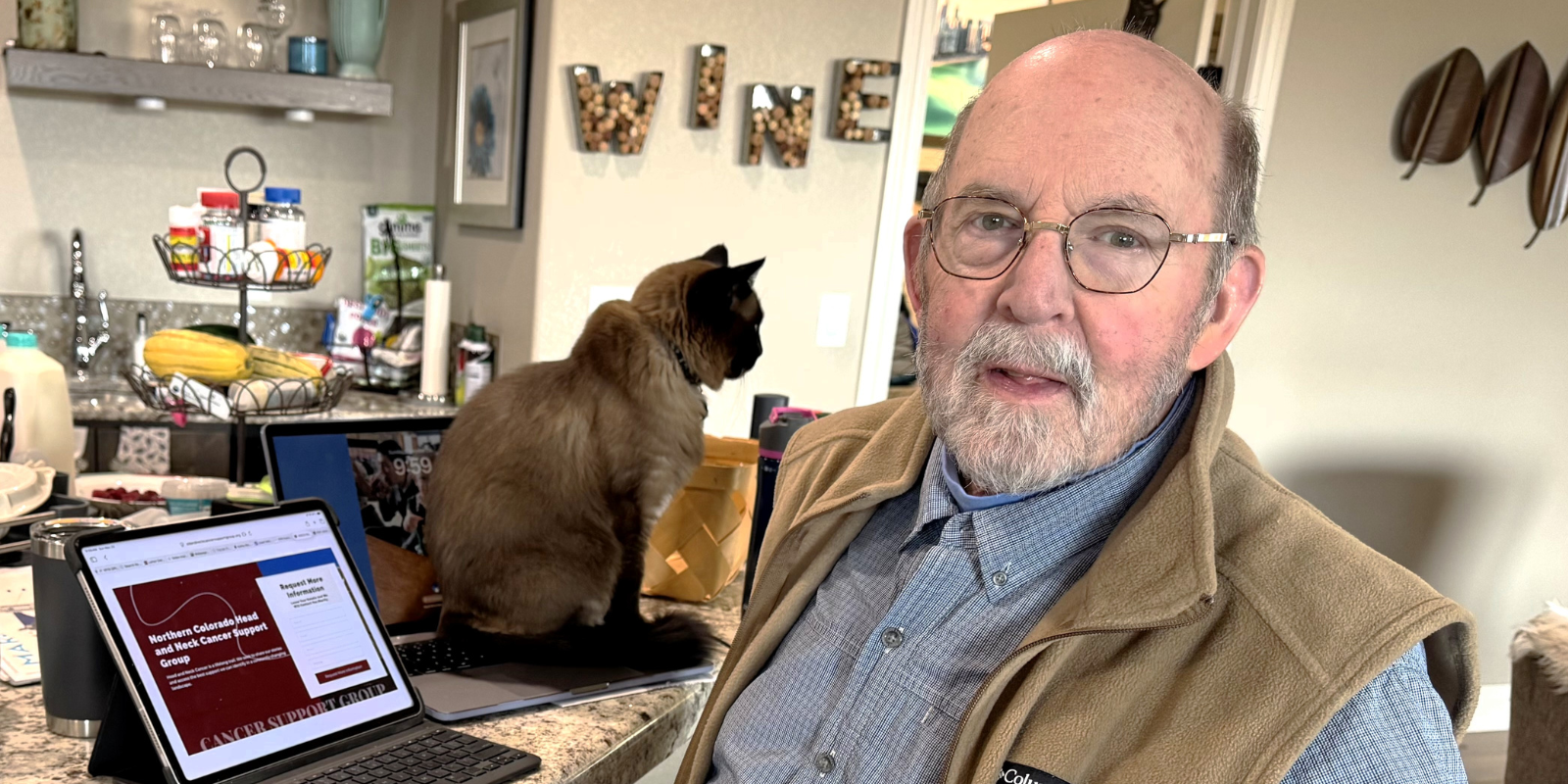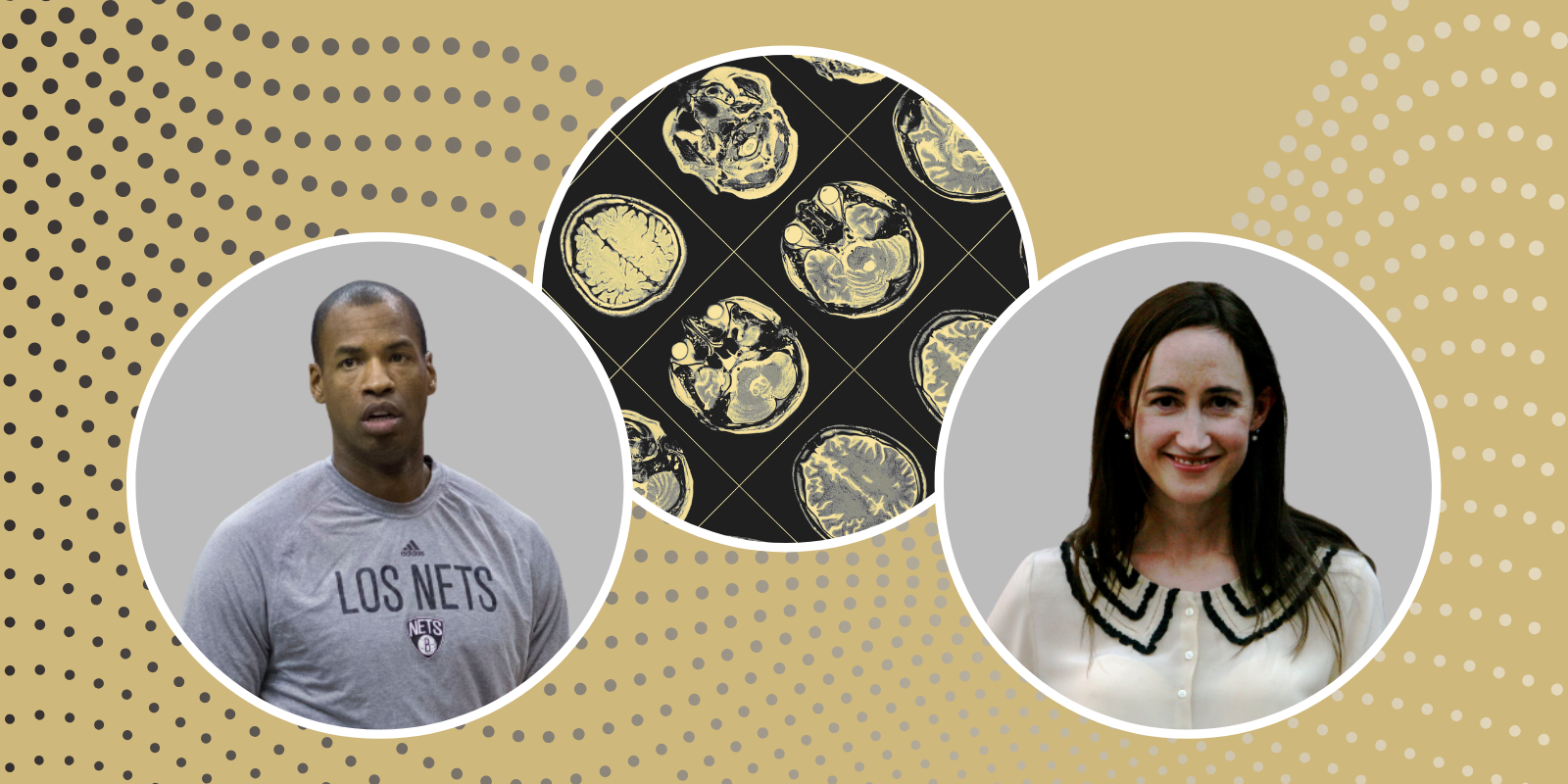All year round, but especially during Lung Cancer Awareness Month every November, the University of Colorado Cancer Center’s Office of Community Outreach and Engagement (COE) works to connect all Coloradans with resources that help to prevent lung cancer, including smoking cessation programs, no-cost radon detection kits, and information on where to get lung cancer screenings that have the potential to detect cancer early, while it’s still treatable.
It’s an important undertaking, as lung cancer is by far the leading cause of cancer death in the U.S., responsible for 1 in 5 of all cancer deaths. The American Cancer Society estimates that in 2024, there will be around 235,000 new cases of lung cancer diagnosed in the U.S., and more than 125,000 deaths from the disease, including nearly 1,500 in Colorado
The importance of screening
The United States Preventative Task Force recommends annual screening for lung cancer in adults aged 50 to 80 years who have a 20 pack-year smoking history and currently smoke or have quit within the past 15 years. The recommended screening is a low-dose CT scan, which is a relatively quick and painless procedure.
“The sooner you find a cancer, the better your treatment outcome will likely be,” says Jeanette Waxmonsky, assistant director for community-engaged research at the CU Cancer Center. “The severity of your treatment may be less intensive too. There are more treatment options out there now than ever before, and the number is increasing every day. Survival rates for lung cancer have been steadily increasing in the U.S. as a result of early detection and treatment”
Finding screening and accessing the smoking cessation app
Exploring Cancer in Colorado (ECCO), a new map-based tool created by the COE, allows users to locate lung cancer screening facilities near them — select “Lung Cancer Screening” under the “Locations” pull-down menu and click on any of the red dots for the address and phone number of screening facilities in your county.

Lung cancer screening locations are marked with red dots on the ECCO map.
Another important resource offered by the COE is the Be Strong Program, which provides education about the harmful effects of tobacco products on health and wellbeing and offers free access for all Coloradans to an app-based tobacco cessation tool called 2Morrow Health. 2Morrow uses a behavioral model called acceptance and commitment therapy to help participants learn cutting-edge strategies that are effective when dealing with unhelpful thoughts, feelings, and urges that get in the way of long-term success of stopping smoking. The personalized experience is private and non-judgmental with daily lessons, messaging, and customized tips.
“We know that if you quit smoking, it greatly reduces your chance of lung cancer and has immediately has positive health effects on your body,” Waxmonsky says. “After just 20 minutes of quitting, your heart rate and blood pressure drop. At three months after quitting, your circulation has improved and your lung function has increased. At 10 years after quitting, your risk of dying from lung cancer is cut in half.”
People get addicted to smoking or vaping, then the withdrawal makes them anxious, depressed, or irritable, Waxmonsky adds.
“They're using tobacco to manage their mood, but they don't realize they're using tobacco to manage the withdrawal symptoms as well. It can be difficult to tease the cause of those symptoms apart. The good news is that withdrawal symptoms from tobacco such as trouble concentrating, irritability, anxiety, tobacco cravings, and restlessness tend to significantly decrease or disappear at 2-4 weeks after quitting.
“Quitting tobacco can seem daunting, but you can do it, and there are supports out there such as the 2Morrow Health app and Quitline to help you.”
Testing for radon
The COE also offers free radon test kits to all Coloradans; radon exposure is the second leading cause of lung cancer, after tobacco smoke.
Radon — an invisible, odorless, radioactive gas that is naturally produced by the breakdown of uranium — is particularly prevalent in Colorado because of the amount of uranium in the soil. In the 1940s and ’50s, Colorado was a key site for uranium mining. Today, any house built on soil — particularly houses with basements — are vulnerable to radon exposure that could potentially cause lung cancer.
“My house is built on a basement, and radon can seep in either through the sump pump or any small breaks or cracks in the walls,” says Carlo Caballero, patient navigator and manager in COE. “When it gets stuck in our homes and we constantly breathe it in, it can get lodged in the cells in our lungs and release radioactive energy into the cells. That eventually causes them to mutate and develop cancer.”
Participants place the kits in their homes for 90 days, then mail them to a lab for analysis. COE members are there every step of the way to help community members through the process.
“Anything that our office does in terms of community outreach and engagement, we always want to complete the full continuum of care,” Caballero says. “In this case, we call to make sure they started the test and that it is in the proper area. Once the testing period is done, we also call them to remind them to turn it in.”
If the test reveals radon levels higher than the recommended allowable level, the COE helps connect participants with the Colorado Department of Public Health and Environment, which offers low-income radon mitigation assistance.




